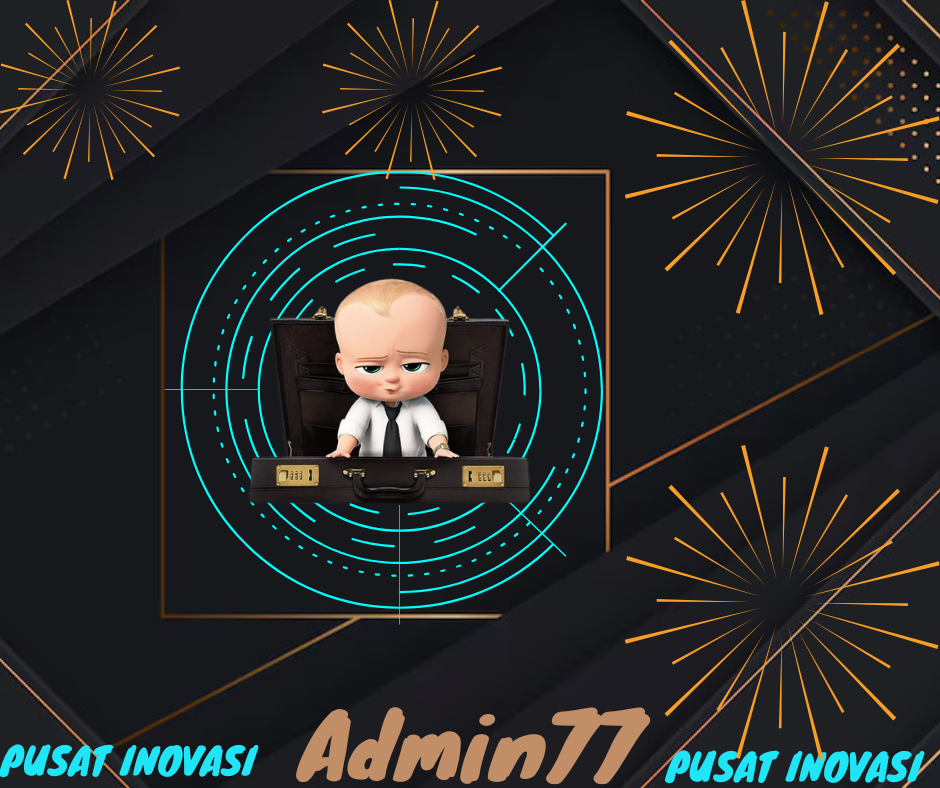
ADMIN77 Pusat Inovasi dan Teknologi Terbaik Tahun ini
Admin77 Pusat Permainan Dengan Inovasi Terbaik dan Memiliki Nominasi Awards 2025 Dari IESPA, Admin77 Sendiri di Bentuk Untuk Memanjakan Gamers Indonesia

Admin77 Pusat Permainan Dengan Inovasi Terbaik dan Memiliki Nominasi Awards 2025 Dari IESPA, Admin77 Sendiri di Bentuk Untuk Memanjakan Gamers Indonesia